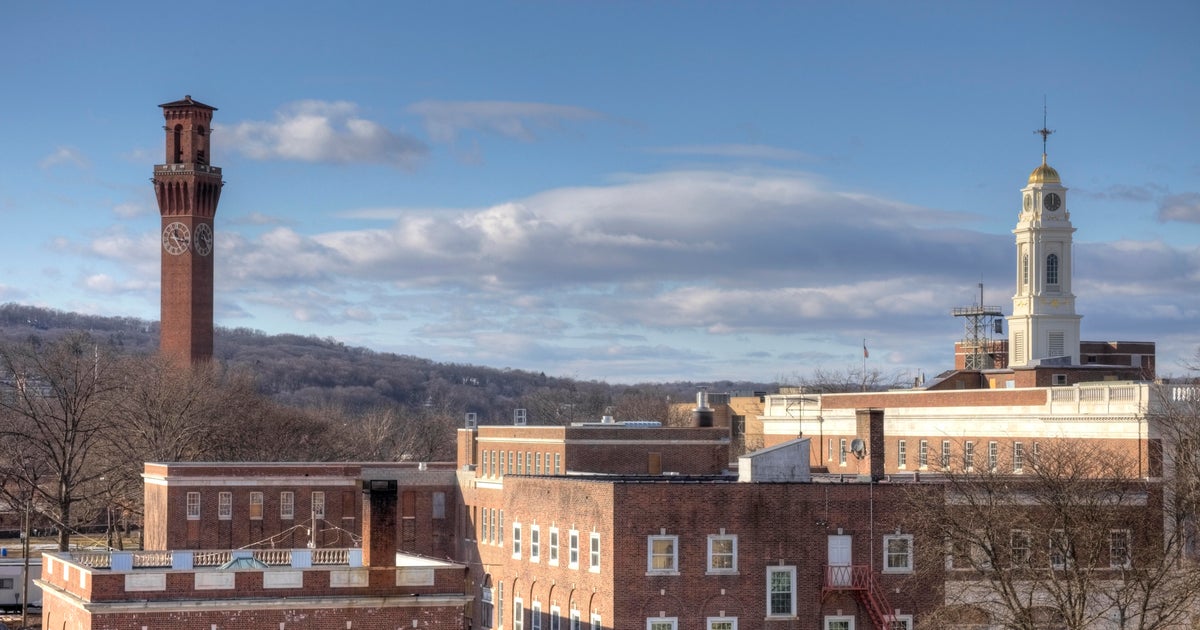Inspired by DNA tech in Golden State Killer case, Alabama police crack decades-old double murder
An Alabama man is expected to appear in court Wednesday after new DNA technology linked him to a decades-old double murder. Coley McCraney, 45, faces charges in the 1999 killings of two high school students, Tracie Hawlett and J.B. Beasley. Investigators used the same technique that led to the arrest of the alleged Golden State Killer.
Carol Roberts said she's had countless dreams about Hawlett, her daughter. "I wake up and I hear her screaming," Roberts told CBS News correspondent Omar Villafranca.
Hawlett and Beasley were 17 when they got lost on an Ozark, Alabama, road in 1999. A memorial marks where their bodies were found in the trunk of Beasley's car. They had been shot.
"We haven't slept all night in almost 20 years," Roberts said. "I don't care how many times a night I wake up, Tracie's on my mind."
It also stayed on the mind of Marlos Walker, now Ozark's police chief. "I remember like yesterday where I was when I got the phone call about this case," Walker said.
A few months ago he decided to see if old evidence might lead to a new break in the case.
"What really struck the heart with me was when the Golden State Killer got caught… and I just thought that why not try to apply that to this case?" Walker said.
Alleged Golden State Killer Joseph James DeAngelo was arrested in 2018 after DNA tied him to a series of decades-old rapes and murders.
Inspired by that case, Walker submitted the Ozark evidence to Virginia-based Parabon NanoLabs to help find the suspect. Parabon developed a genetic profile of a suspect and then ran that information through public DNA database GEDmatch. Parabon then created a possible family tree.
Hundreds of police departments are using a combination of GEDmatch and crime scene DNA to track down family members of possible suspects.
Within months, Walker had several new leads and called in who he thought was a family member of a potential suspect.
"You told them, 'I need a sample of your DNA' and he gave you a sample, and you sent that back to the company. What did it come back with?" Villafranca asked.
"It come back with a positive hit," Walker said.
"When they told you it was a match, what was your reaction?"
"I just sit in my office in my chair just thinking the day has finally come," Walker said, adding, "And then I was also surprised of who it was… young man has no criminal histories or anything."
Last month police arrested McCraney. McCraney's attorney said his client is not guilty.
"Over 200 agencies have reached out to Parabon and asked us to analyze their cases," chief genetic genealogist Cece Moore said. She worked on the Ozark case.
Parabon has helped solve nearly 50 cold cases. Moore said the company's work generates leads.
"We're providing a highly scientific tip, but no one's going to be arrested based on what we say alone. Law enforcement has to take that tip and then go and build their traditional forensic case against this person," Moore said.
Carol Roberts is still praying for justice.
"All I've ever wanted to do was stand in front of someone one day and ask them why. Why you thought you had the right to take my daughter's life," Roberts said.
"You may get that day. Are you ready?" Villafranca asked.
"I think the Lord will give me the strength to be ready," Roberts said.
McCraney could face the death penalty. This type of DNA evidence hasn't been used in a trial yet. The first case, which is different than this one, is expected to be tried in June. We spoke to a forensic expert who expects defense attorneys to not only challenge the crime scene DNA, but also the proprietary methods Parabon uses to come up with leads.
Editor's Note: An earlier version of this story stated Golden State Killer investigators submitted evidence to Parabon NanoLabs.



